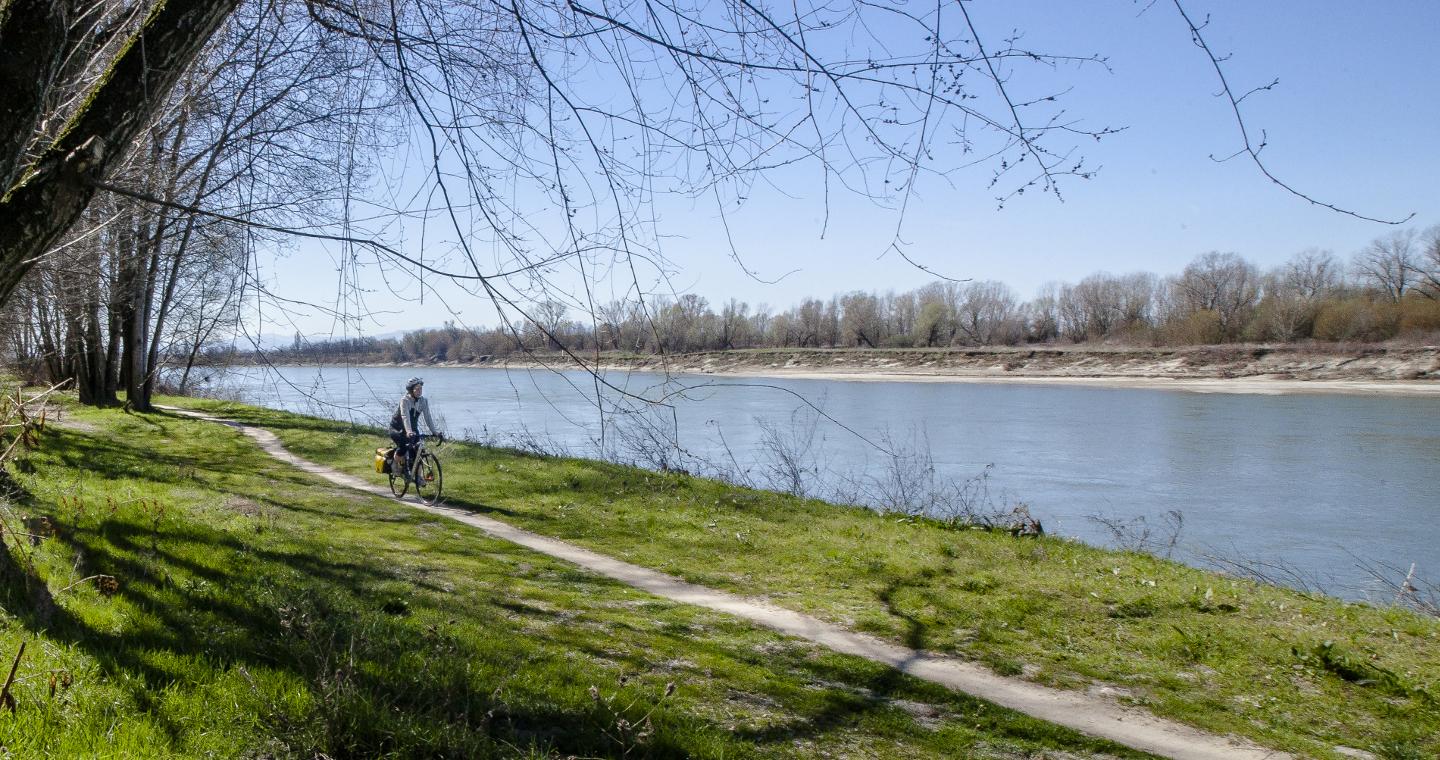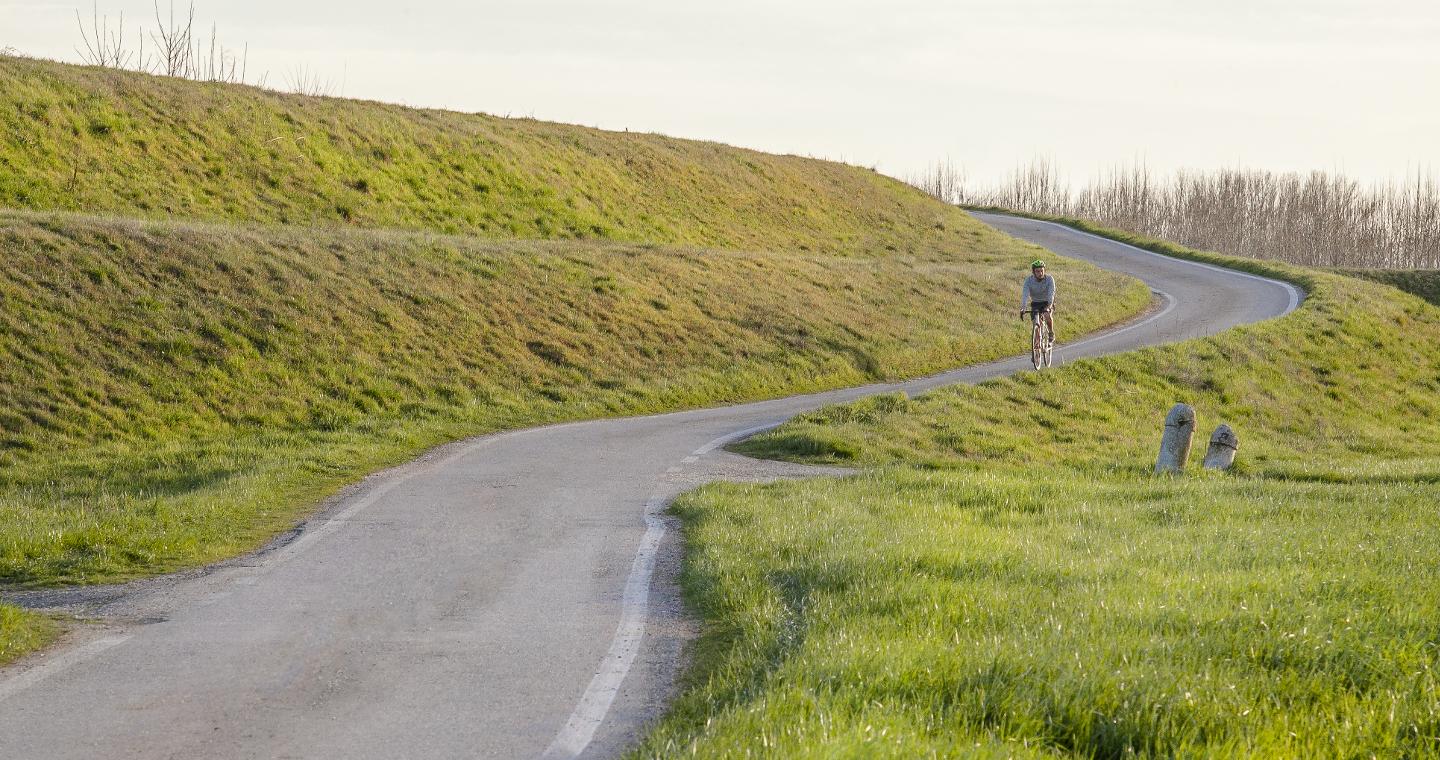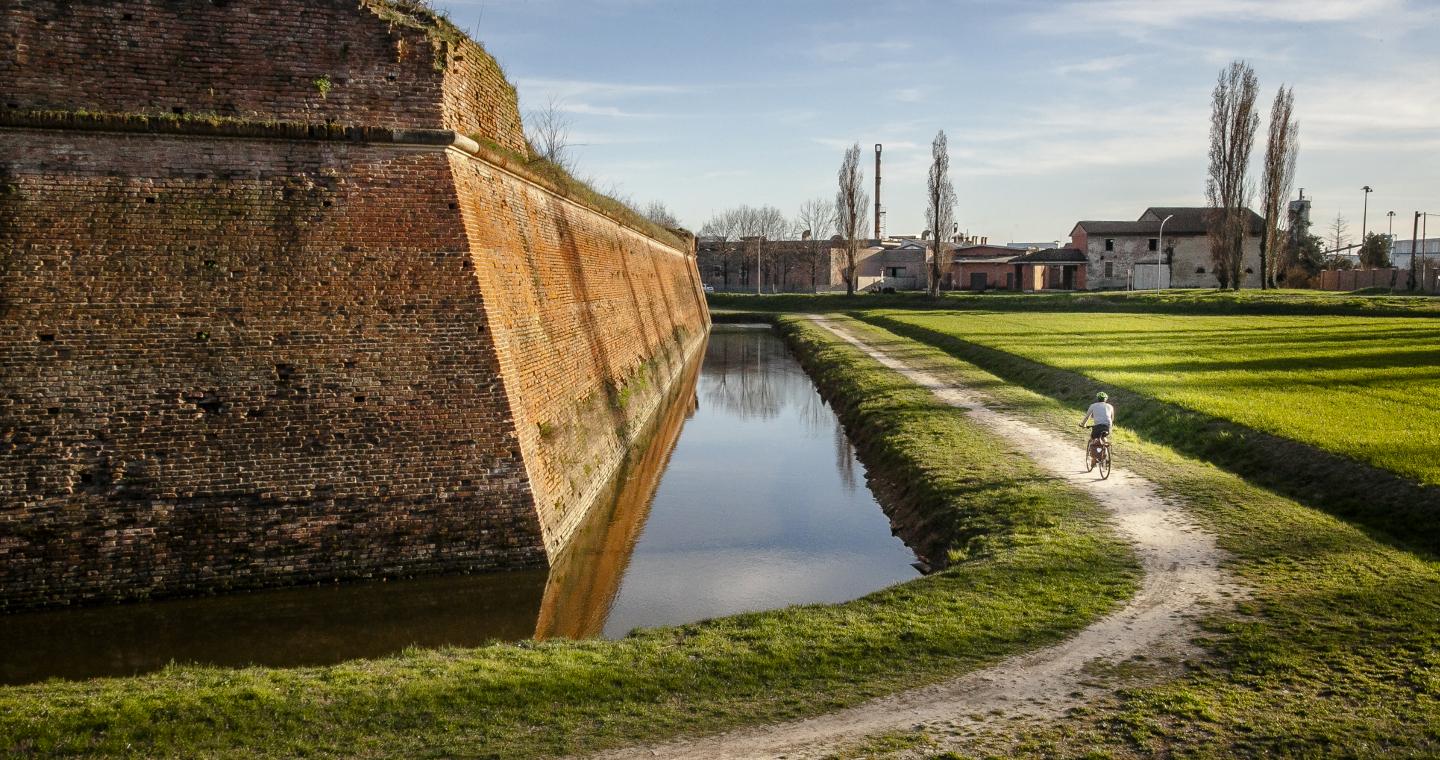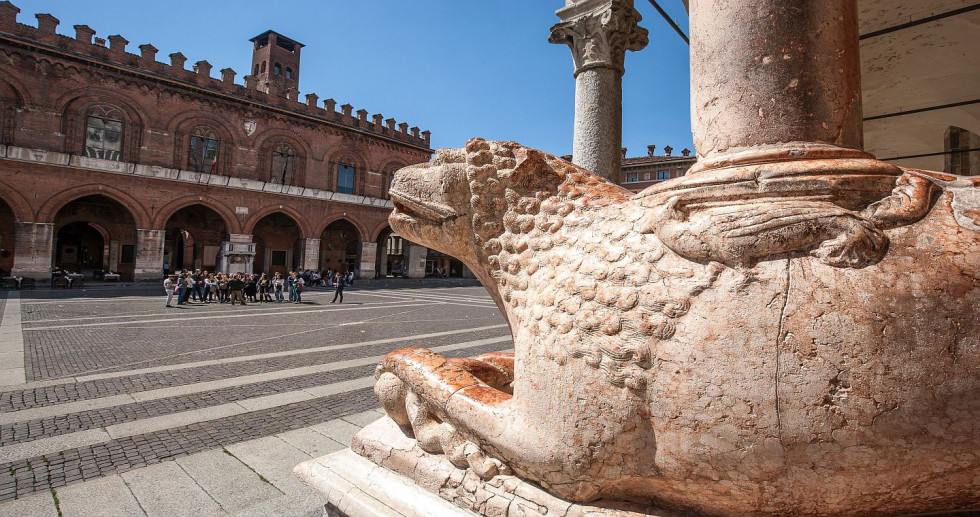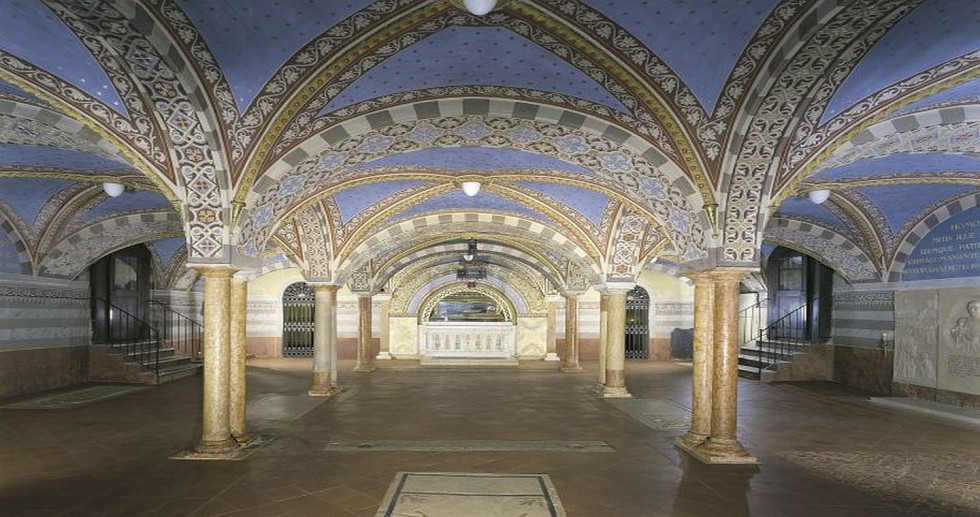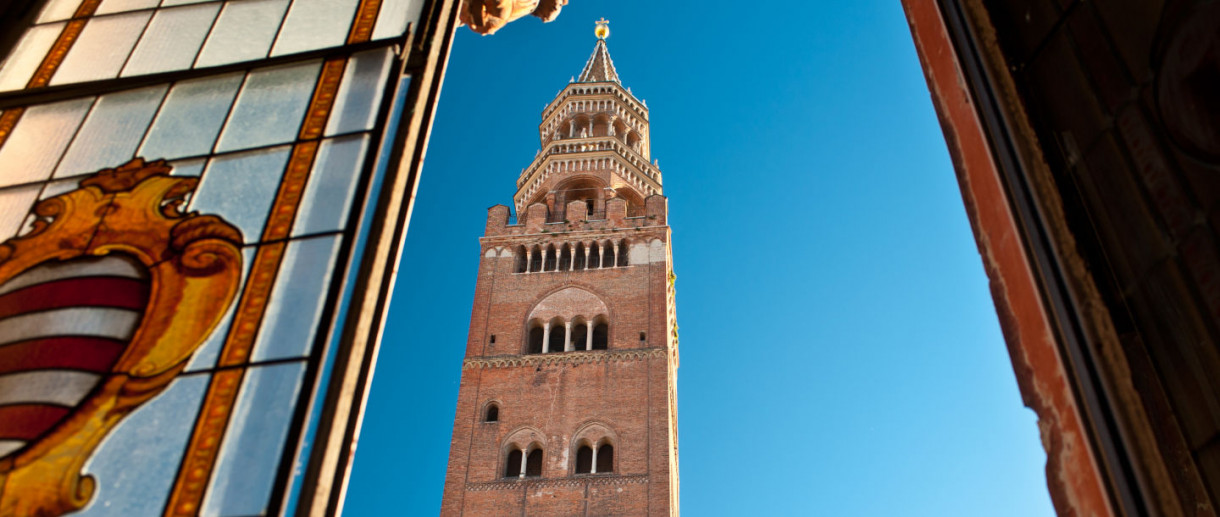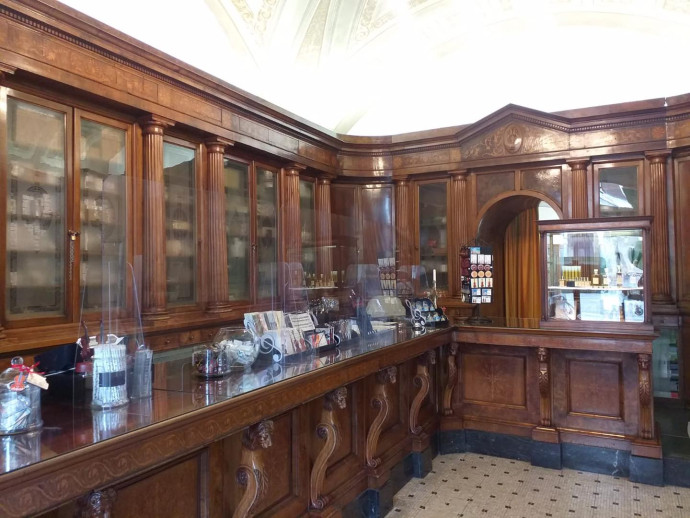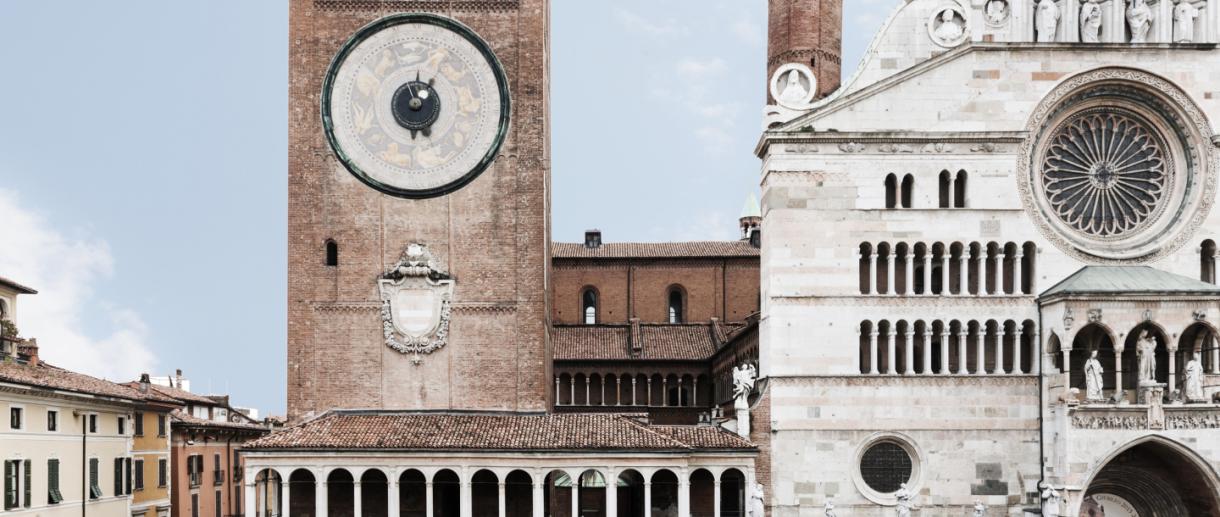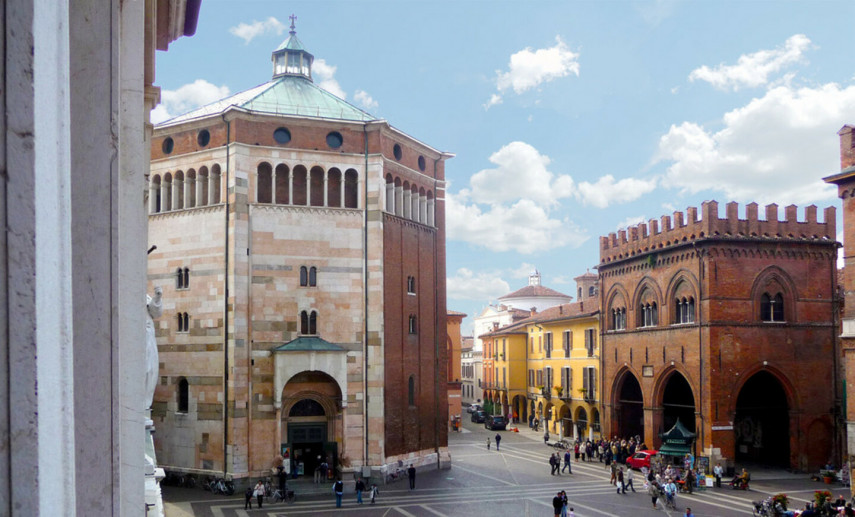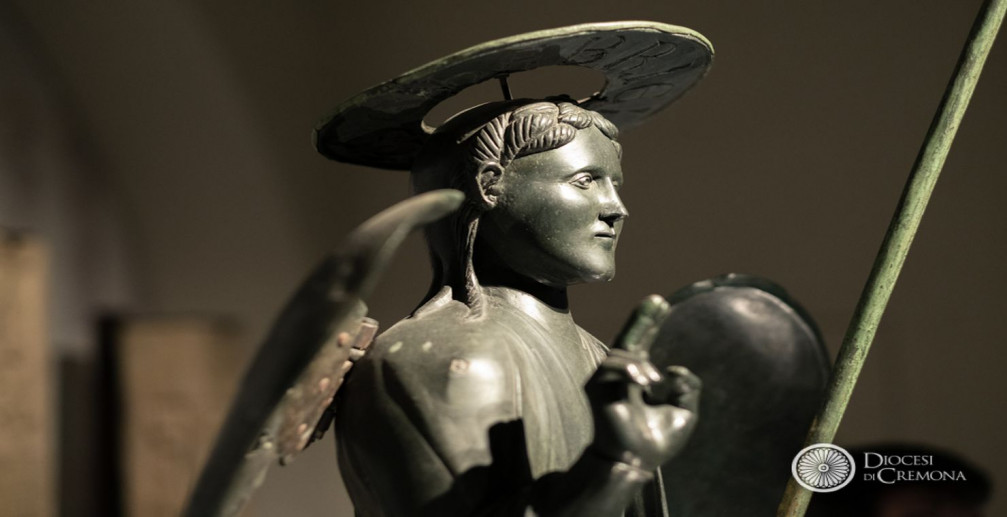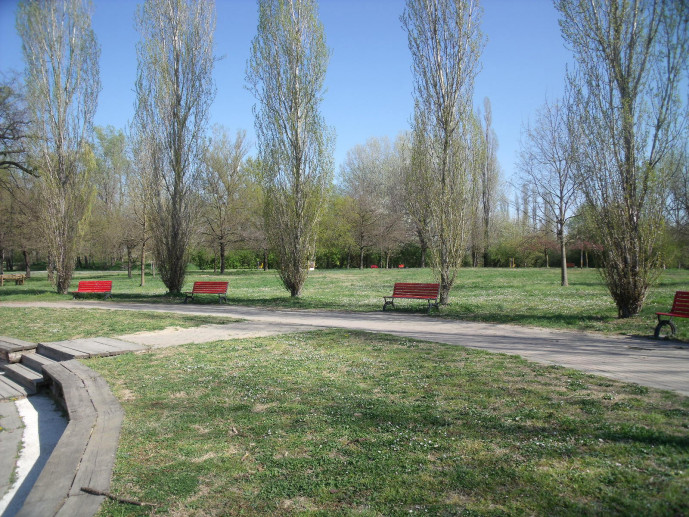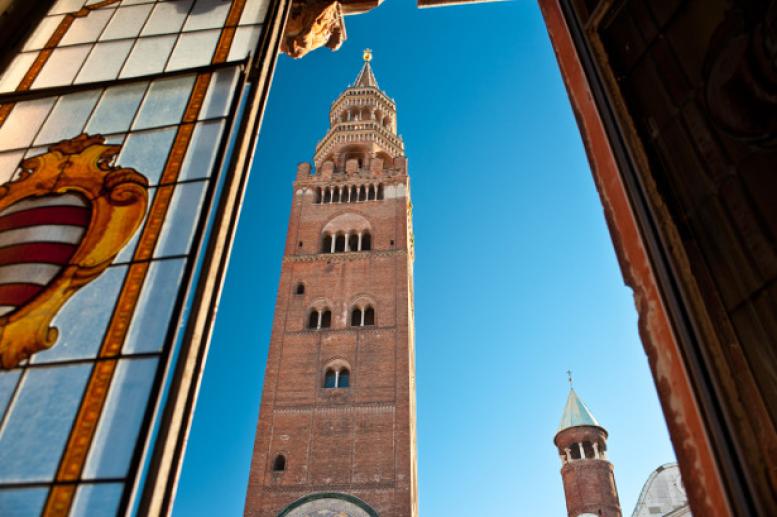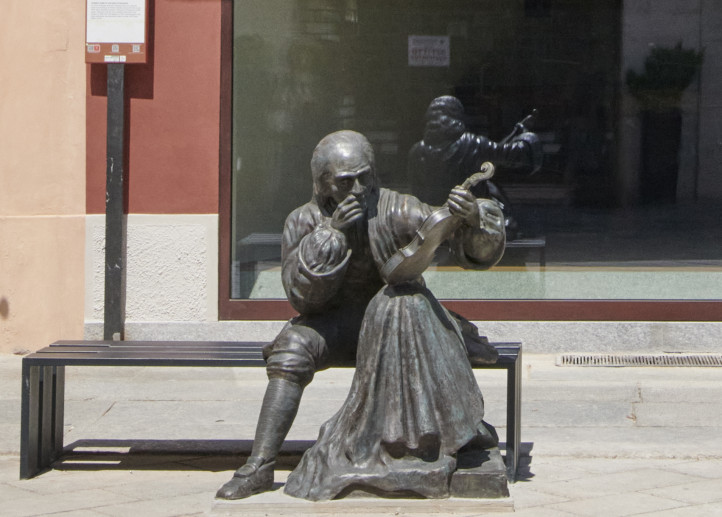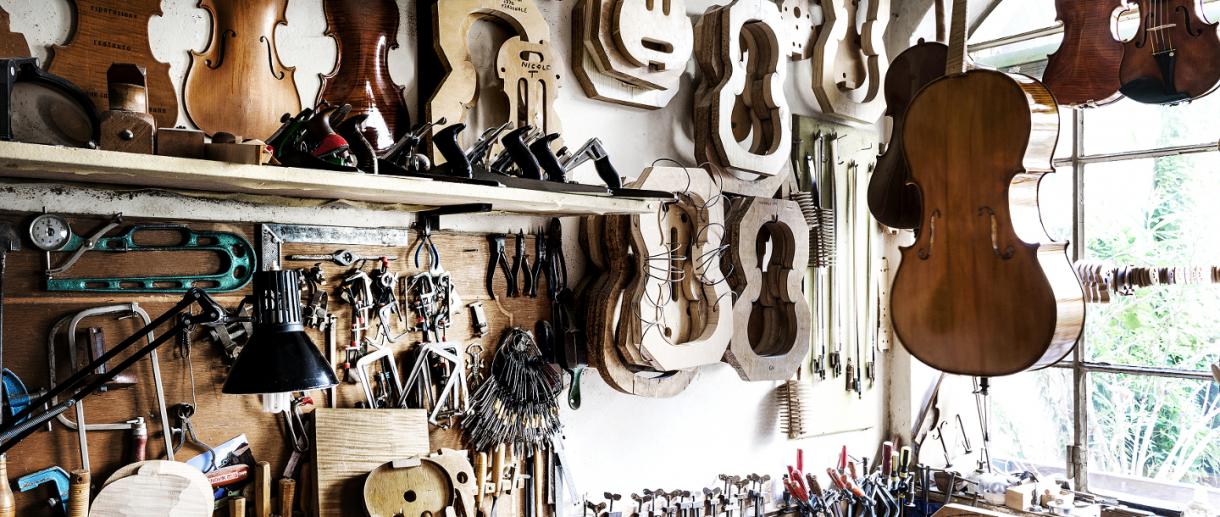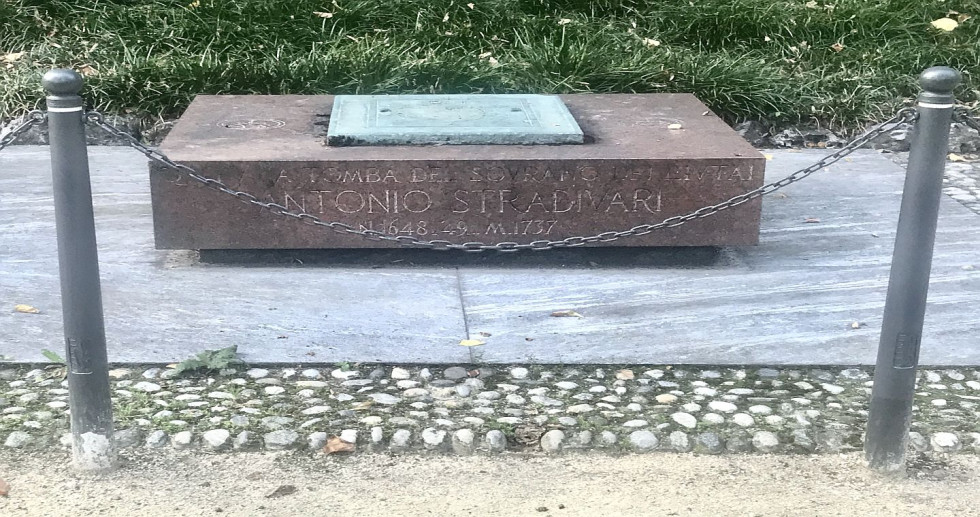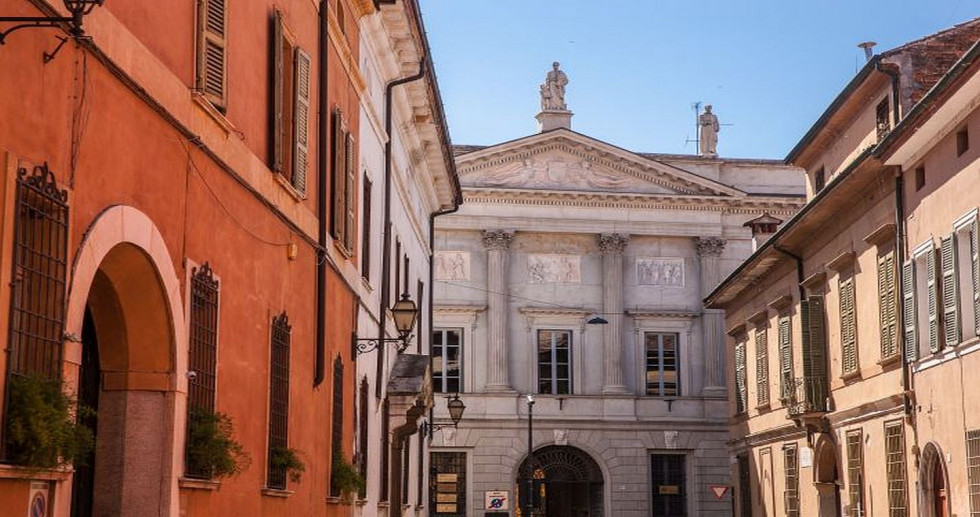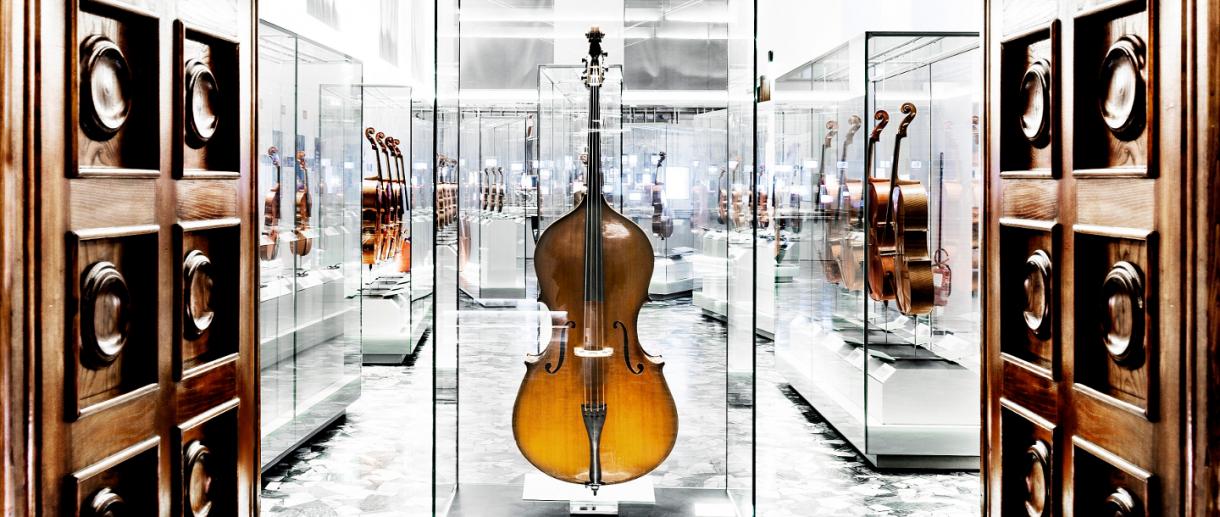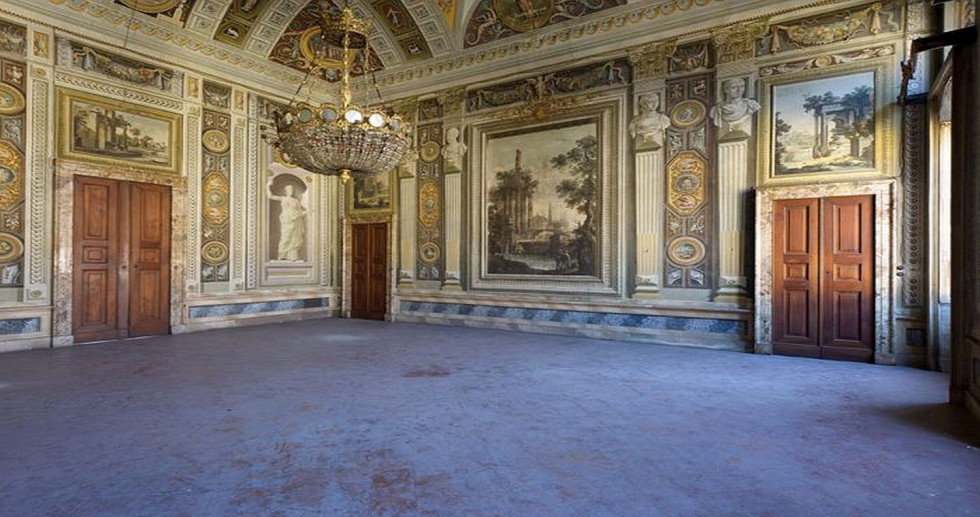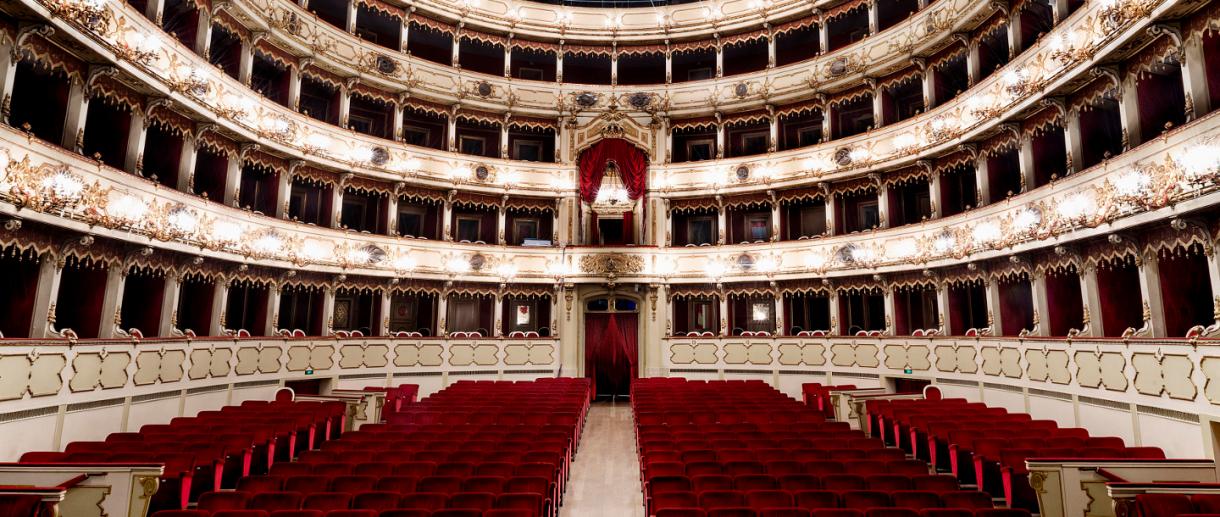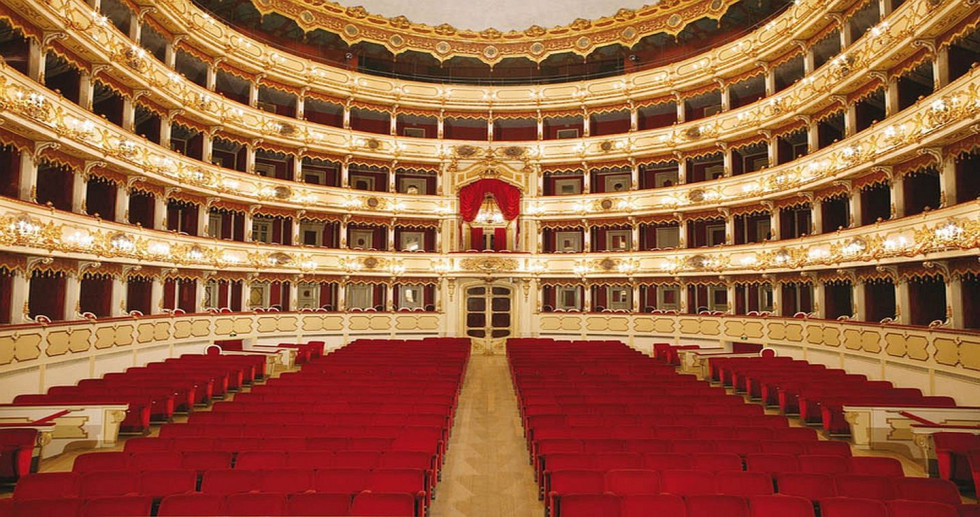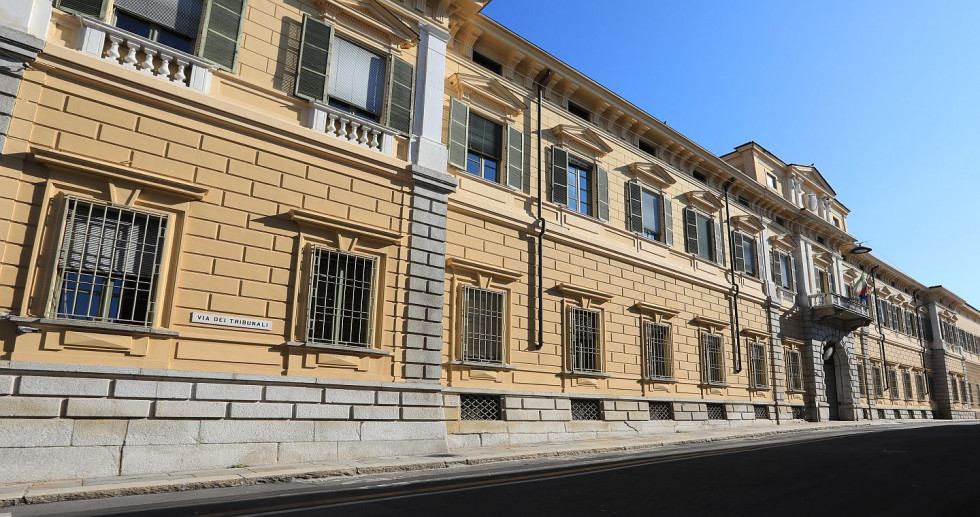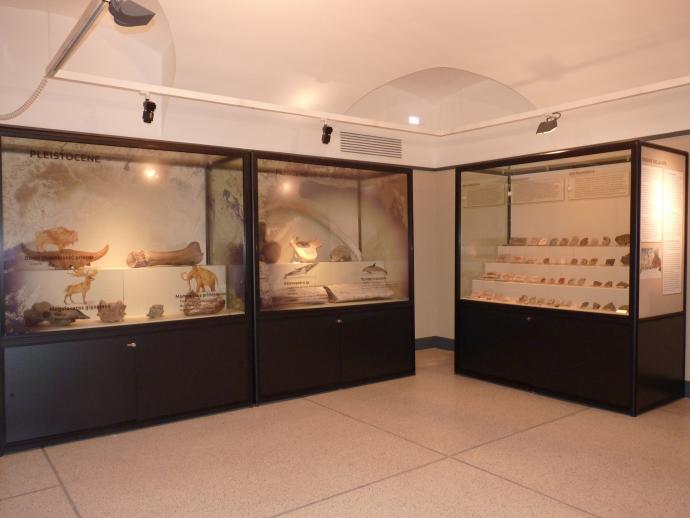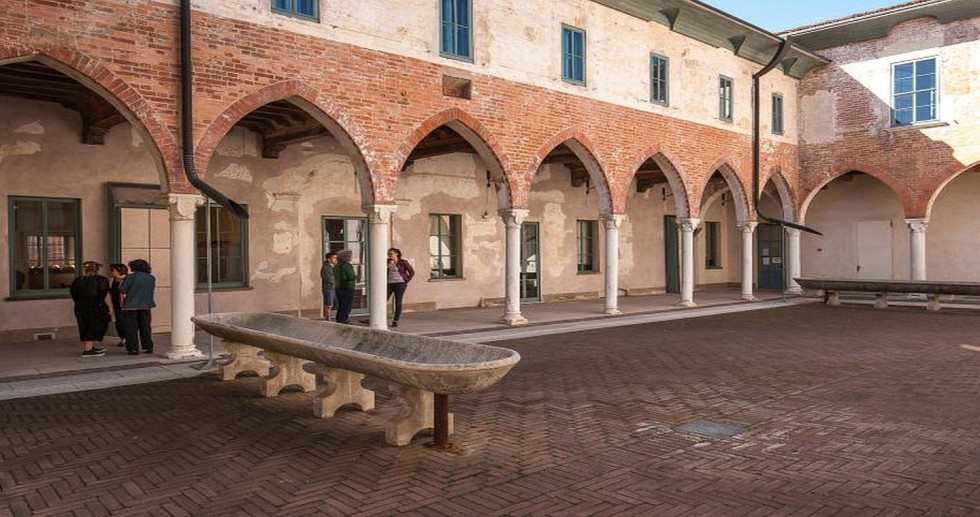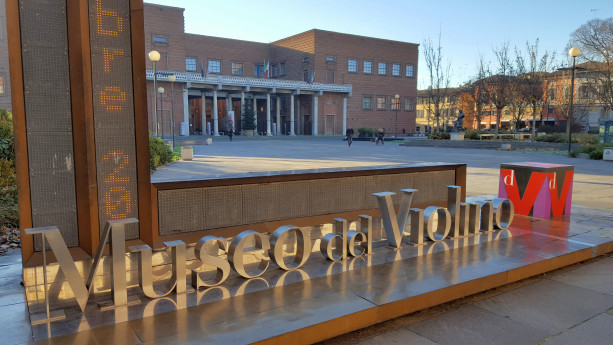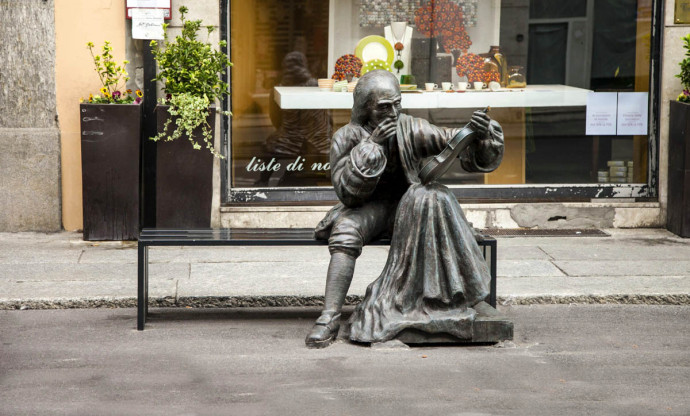- Cycle Tourism
From Cremona to Casalmaggiore
Dancing on the bends of the Po. Amidst rows of willows, poplars and farmhouses
Along the route of an extraordinary cycle path that in future will lead to the sea.
In Cremona, the city of good living from where our route departs, it is a pleasure to be awakened by the sound of bells. After a hearty breakfast in the city’s delicious pastry shops, with the aroma of spruce, maple, poplar and mahogany wafting from the lute makers’ workshops, we say farewell to Piazza del Comune, the Duomo, the Baptistery and the bell tower of Torrazzo and pedal to the south-east at a relaxed pace along the cycle route of Golena del Po.
The excitement is high. This is a fragment of a much wider territory involved in the VenTo project, the cycling and pedestrian path, with asphalt road bed or smooth surface, that will connect Venice to Turin, along the Po through Lombardy: a route of 679 kilometres amidst quarries, small orchards, rows of poplars and wooded scrubland along the line of latitude 45° North, still in the planning stage. To date, the stretch that goes from Cremona to the east along the main left bank of the Po is mixed, but can already be cycled on. The river acts as guide, appearing and disappearing, hiding behind a curtain of poplars and the marsh flora: it plays hide and seek among the ditches that conceal its ancient bed with the accumulation of glacial detritus.
The first farmhouse encountered, with the typical rural courtyard architecture, proclaims entry into the Parco del Po and Morbasco, with wooded scrubland and the picturesque river beaches of Luna, where the route is slightly livelier, also suitable for mountain bikes. In this part of the cycle route, it is the names of the place that suggest the characteristics of the territory: the village of Gerre de’ Capriolio, “gravel” in dialect, recalls the presence of small dirt roads.
The river continues to snake along: it comes close and moves further away, a definitive course taken only in the 16th century when it shifted repeatedly to the north. Sometimes, taverns are found where once there was a “passage”, a ferry or a bridge to cross to the other shore.
In other places, we can let ourselves be transported by the sound of the bells of the little country churches. This happens at Solarolo Monasterolo and Motta Baluffi, where all the fish species of the Po are gathered in the sixty or so tanks of an aquarium in the middle of the countryside, a few hundred metres from the banks.
The ride runs along. The raised bank gives a good view of the plain, a sort of timid wall where sometimes the purplish-blue head of an orchidea purpurea can be seen. At Gussola, on the bend of a meander among islands and whitish shores, is the Oasi Lipu of Lancone, a protected reed-bed habitat with marsh and migratory birds. The willows, poplars and alders standing in strict geometry are frequented by pigeons and the greater spotted woodpecker.
Near Casalmaggiore, at a broad bend, the river Po comes close to the residential area. We could stop here, on the “listone”, the paved area of Piazza Garibaldi and the town hall in neo-Gothic style.
From the Suzzara bank, the cycle route continues on the right bank of the Po, along riverside streets with poplars and expanses of land for cultivation. In the Mantua stretch, close to the estuary, the great river flows at 5 metres above the level of the fields, held back only by the grassy sloped banks. The witty old country folk remark that the fish fly higher that the marsh birds in these fields. And we are ideally placed on our bikes astride the two worlds. In this land without shade.
Not a single kilometre ahead is along a protected cycle track. So our safety as well as the river’s will be guaranteed by the banks. In this meandering fluvial geography, it will be the rural courtyards, farms and the beloved places that once belonged to the lords of Mantua, the Gonzaga, and the agricultural settlements that will provide reliable points of orientation.
-
One day route
Difficulty: easy
Length: 56 km
Elevation profile: 50 m
Roads: 80% paved; 20% dirt roads
Type of bike: touring and mountain bikes
When: from March to July
and from September to October
Mood: fluvial
